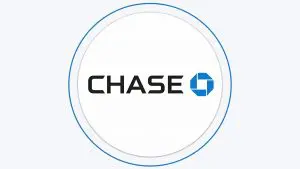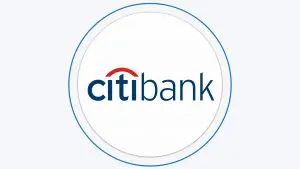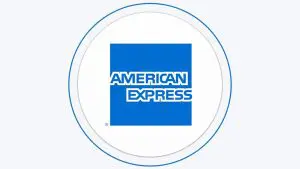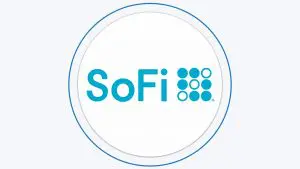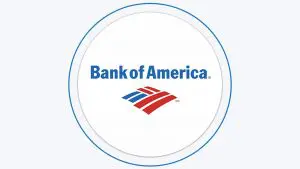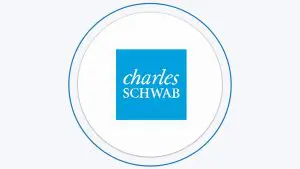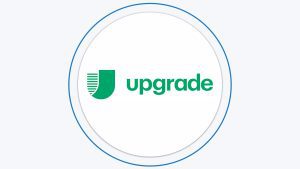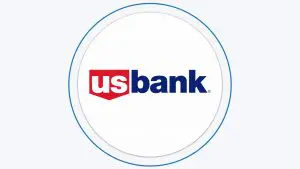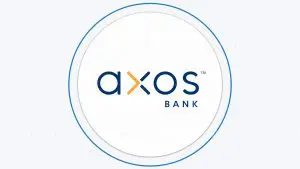Table Of Content
What Is a Student Checking Account?
As its name suggests, a student checking account is a type of checking account with features designed for students. It offers basic checking services to young people between 16-25 years, but the age varies from bank to bank.
In most cases, its features are for those beginning their independent financial lives. The account is a good way to start banking and taking responsibility for your money.
A low opening balance is required to open the account, and some bank may offer cash bonuses when you sign up. After opening the account, you deposit funds you can access using your debit card, checks, and ATMs.
How Does It Work?
Student checking accounts have unique features that make sense to students. For example, most banks make such accounts more convenient by making it possible to connect your account with your school ID.
Student checking accounts allow you to learn banking basics and proper financial habits. Also, such accounts have minimal or no monthly fees and minimum balance requirements.
The account does not require an adult co-owner and gives you the flexibility and privacy to manage your finances.

Differences Between Student and Traditional Checking Accounts
Although a student checking account offers basic checking services like traditional checking accounts, there are differences.
Below are the main differences between the two types of checking accounts.
- Scope: Student checking accounts are specifically designed for students. On the other hand, traditional checking accounts are designed for almost everyone.
- Age restriction: A student checking account has an age restriction of between 16 and 25 years, while traditional checking accounts have no age restrictions.
- Perks: The student checking account has student-specific perks and features, such as college banking options. On the other hand, traditional checking features apply to all clients.
- Fees: Student checking accounts are more likely to have low or no fees. Also, the account may waive ATM fees and lower the maintenance fees to make the accounts more appealing to students on a budget.
- Requirements. The requirements for opening either of the accounts vary from bank to bank. When signing up for a traditional checking account, the bank requires documents to show proof of identification and address. Student checking accounts require the same documents, but you may also be asked for your college ID in some banks
Pros and Cons of Student Checking Account
As much as student checking accounts have features that make them attractive, some drawbacks make them undesirable.
Here are the pros and cons of a student checking account.
- Financial Independence
The account is meant to help you start your independent financial life. It gives you the freedom to save and spend as you wish without the influence of your parents.
- Low Fees
Most student checking accounts have no or low monthly maintenance fees and opening balances, making them appealing for students.
- Special Perks
Similar to other types of checking that offer rewards such as interest-bearing accounts, the account comes with unique perks designed for students, for example, college-branded debit cards and waived ATM fees.
- Flexibility
Student checking accounts offer convenient and flexible banking options that make it easier for students to bank.
- Educational Resources
Banks offering such accounts provide educational tools and resources, such as financial literacy materials.
- Limited Features
The accounts have fewer features compared to traditional checking accounts. Therefore, they may not be suitable for students who want accounts with more features.
- No Interest On Balance
Student checking accounts have minimal fees and other unique perks that make them attractive for students. However, they usually have low or no interest
- Short Term
Student checking accounts are meant for clients within a given age range. As such, they are only designed for use for some years. After operating the account for a few years, you will be forced to switch to other accounts.
How to Choose a Student Checking Account
Choosing a student checking account can be difficult, especially since you have never operated an account before.
The accounts have simpler terms and offer more access to the funds. Therefore, if you need a student checking account to operate, there are different options.
-
Features & Perks
Student checking accounts have unique features that make them convenient for students, for example, mobile banking and excellent customer service.
Therefore, when shopping around for a student checking account, the student-friendly perks offered can help you choose the best account. For example, some accounts link your account to your student ID.
-
Interest On Deposit
These days the interest rate is high and even as a student, you can leverage it to get high rates on your savings.
Check out the rates you can get on your deposit. Even with a student checking account, most online banks offer competitive rates on savings.
-
Convenience
Most students prefer online banks due to their varied features and sophisticated digital tools.
But, some may prefer a face-to-face service – in this case, you should open your account in a traditional bank. Also, not all online banks offer mortgages, car loans, and a set of financial products, like traditional banks.
-
Overdraft Protection And FDIC Coverage
Since you are new to financial management, you are still learning to make financial decisions.
In most cases, banks are more lenient with students regarding overdraft loans. When choosing a student checking account, you must look for an account with free overdraft protection services.
Moreover, it would be best to open an account in an FDIC-protected financial institution for the safety of your funds.

How to Open a Student Checking Account
It is best to compare student checking accounts before signing up. The process of opening a student checking account is easy.
You can open the account at the branch, over the phone, or online. Below are the steps for opening a student checking account online.
- Navigate to the bank’s website: After identifying an ideal bank for your financial needs, visit its website and select a student checking account from the list of available checking accounts.
- Fill out your details: Typically, you will need to provide your details and documents to prove your identity and address. Also, most banks require that you provide proof of enrolment in school.
- Wait for approval: After filling in the correct details, wait for the bank to approve your account. The period taken before approval varies from bank to bank. After approval, you will be able to start using your account.
What Banks Offer a Student Checking Account?
Different banks offer student checking accounts that help students have financial independence and build their financial management skills.
The best accounts have features and perks that appeal to students, such as easy access to funds and low charges.
Below are the banks that offer student checking accounts.
- US bank: The student account offers special features to young adults between 18 and 24. The students can apply for the account either jointly or individually.
- Wells Fargo: The student checking account at Chime has no hidden fees. The bank may request proof of enrolment in college before approving your account.
- PNC bank: The bank’s student checking account has no monthly charges and reimburses ATM surcharge fees. Also, it offers digital tools to spend and track your budget.
- Ally bank: It offers no-fee checking accounts for students aged 18 years and above. The minimum deposit requirement is $0.
- Wells Fargo: The bank has an everyday checking account for students aged between 17 and 24. The account has no monthly service fee and minimum opening deposit.
- Bank of America: It offers two options of student checking accounts that you can choose from. The bank waives monthly fees for young adults below 24 years and enrolled in college.
- Chase: You have to be between 17 and 24 years old to open a student checking account at Chase. The bank offers cashback and $0 monthly fees.
- Truist bank: Truist student checking account has no minimum opening balance and monthly maintenance fee. Also, the bank offers overdraft protection on its student checking account.
Alternatives to Student Checking Account
Every individual has unique financial needs that may require different banking solutions.
Not all students require student checking accounts, and there are alternatives that you can use to manage your funds, including:
- Cash
You can use cash as an alternative to a student checking account. It would help to be mindful of your budgeting and spending and be disciplined about keeping track of your finances.
You can use cash for purchases and bill payments.
- Prepaid Cards
Prepaid cards can help you manage your finances as a student. Most cards have transaction monitoring features to protect your funds.
The card can also help with budgeting, and you can manage your funds from any location through online banking.
- Money Orders
You can use money orders instead of a student checking account to pay bills, send money and make other payments.
Money orders allow you to track the payment to ensure it is delivered to the right recipient.
FAQs
Can I Open a Student Checking Under 18?
Yes, you can open a student checking account if you are between 16 and 25 years old and enrolled in college. You will need to provide your student ID to prove your student status.
The accounts offer different perks that are friendly to students who mostly operate under a tight budget.
Does a Student Checking Account Have a Minimum Deposit?
Most student checking accounts have no or low minimum deposit requirements.
The accounts also have other student-friendly perks, including no overdraft fees, no ATM transaction fees, and no monthly fees.
Banks know that students are just starting their journey to financial independence, so they offer attractive features and less stringent aspects of banking.
Do Student Checking Accounts Offer Promotions?
Some of the student checking accounts offer promotions. Such as sign-up bonus and other promotions to attract students.
Other than sign-up bonuses, some student checking accounts offer impressive opening boosts, such as cashback for opening an account.

